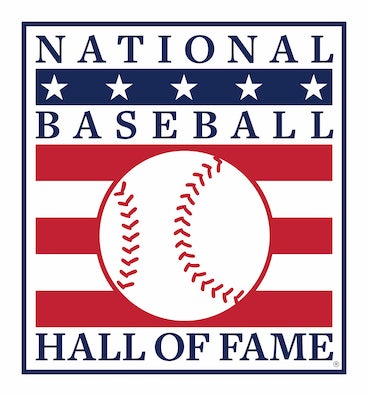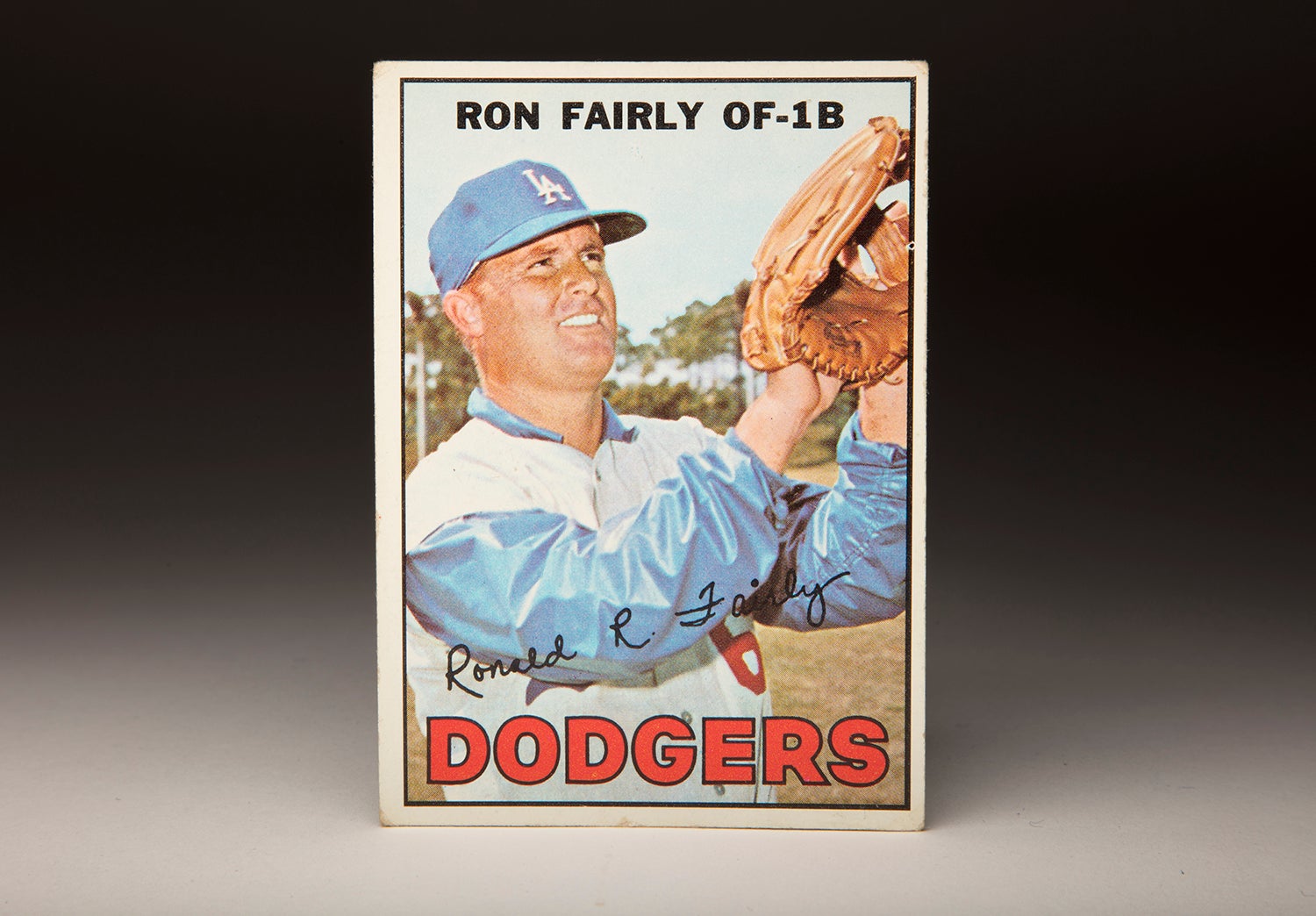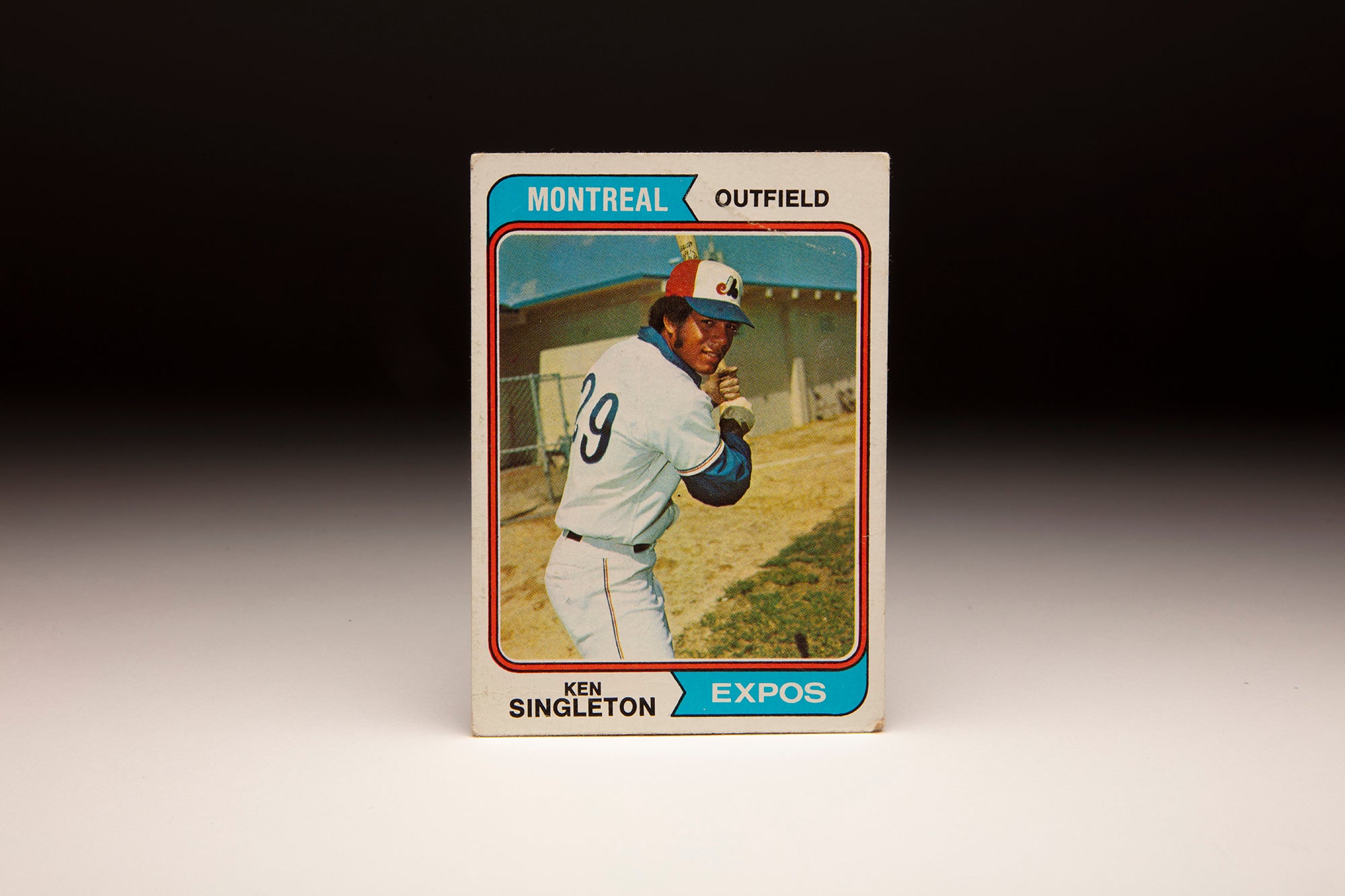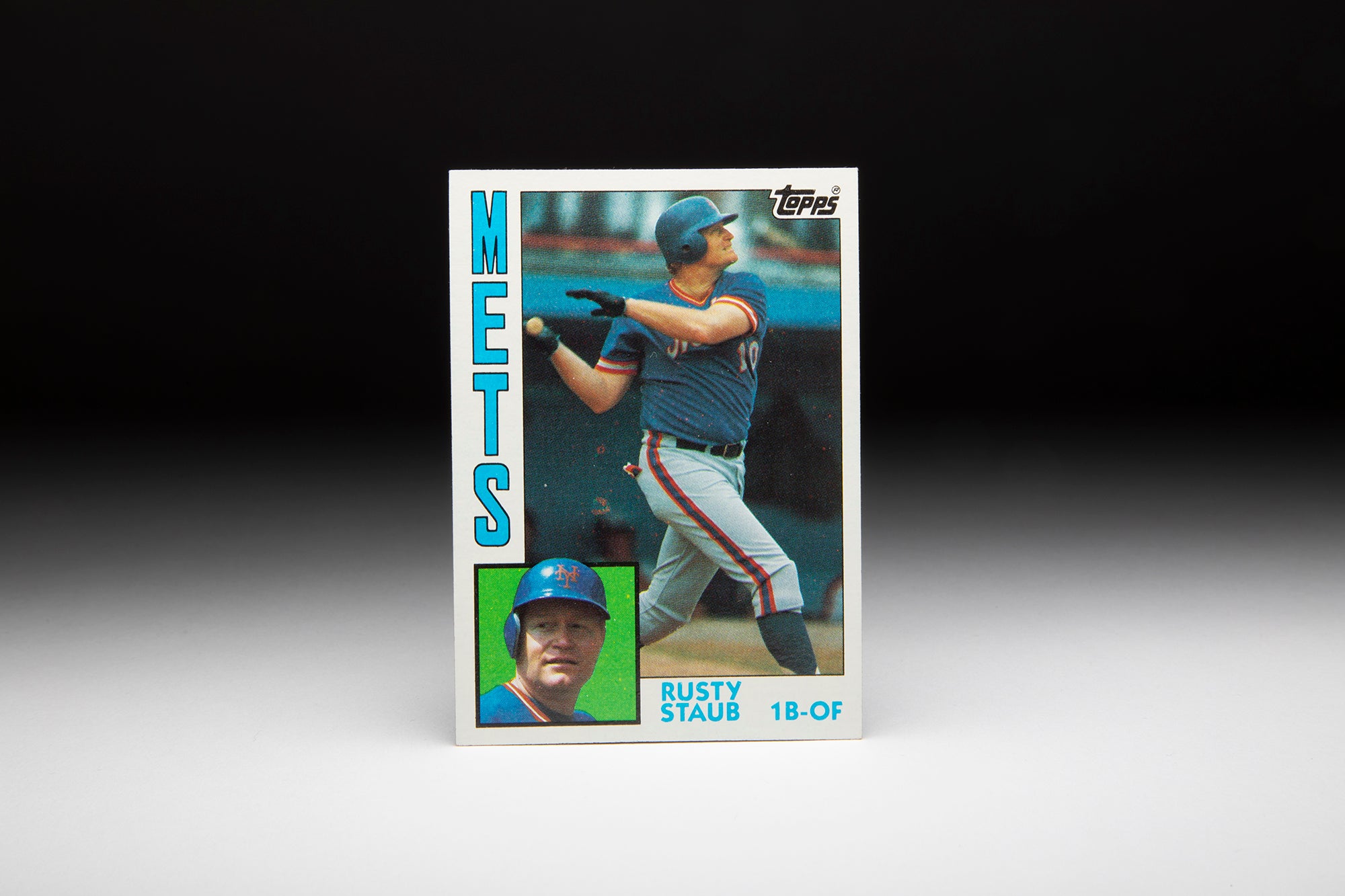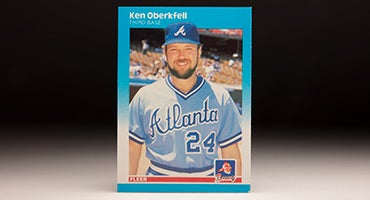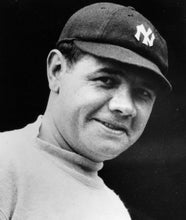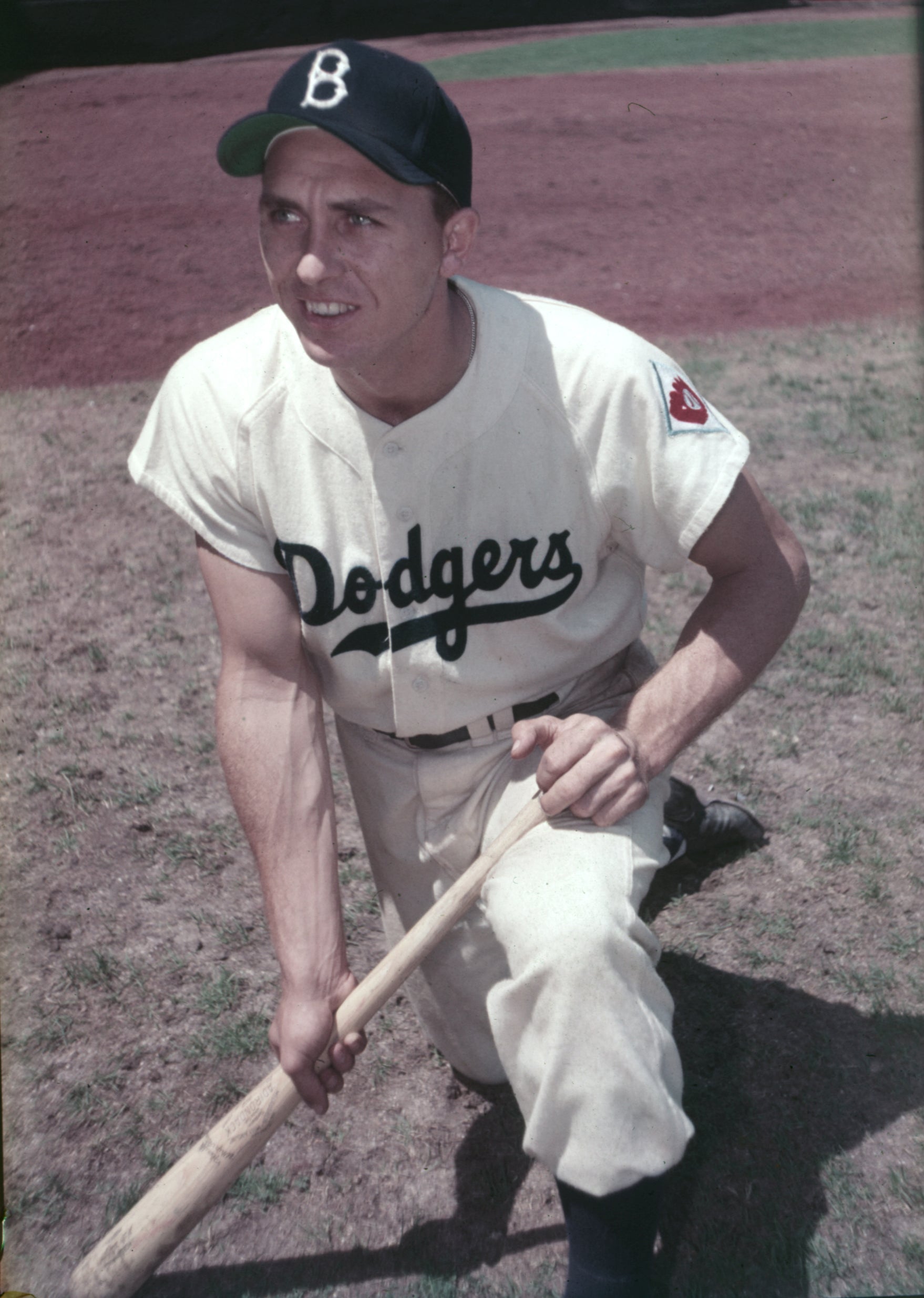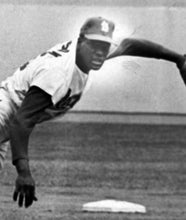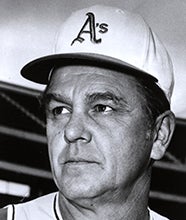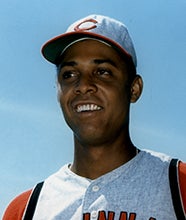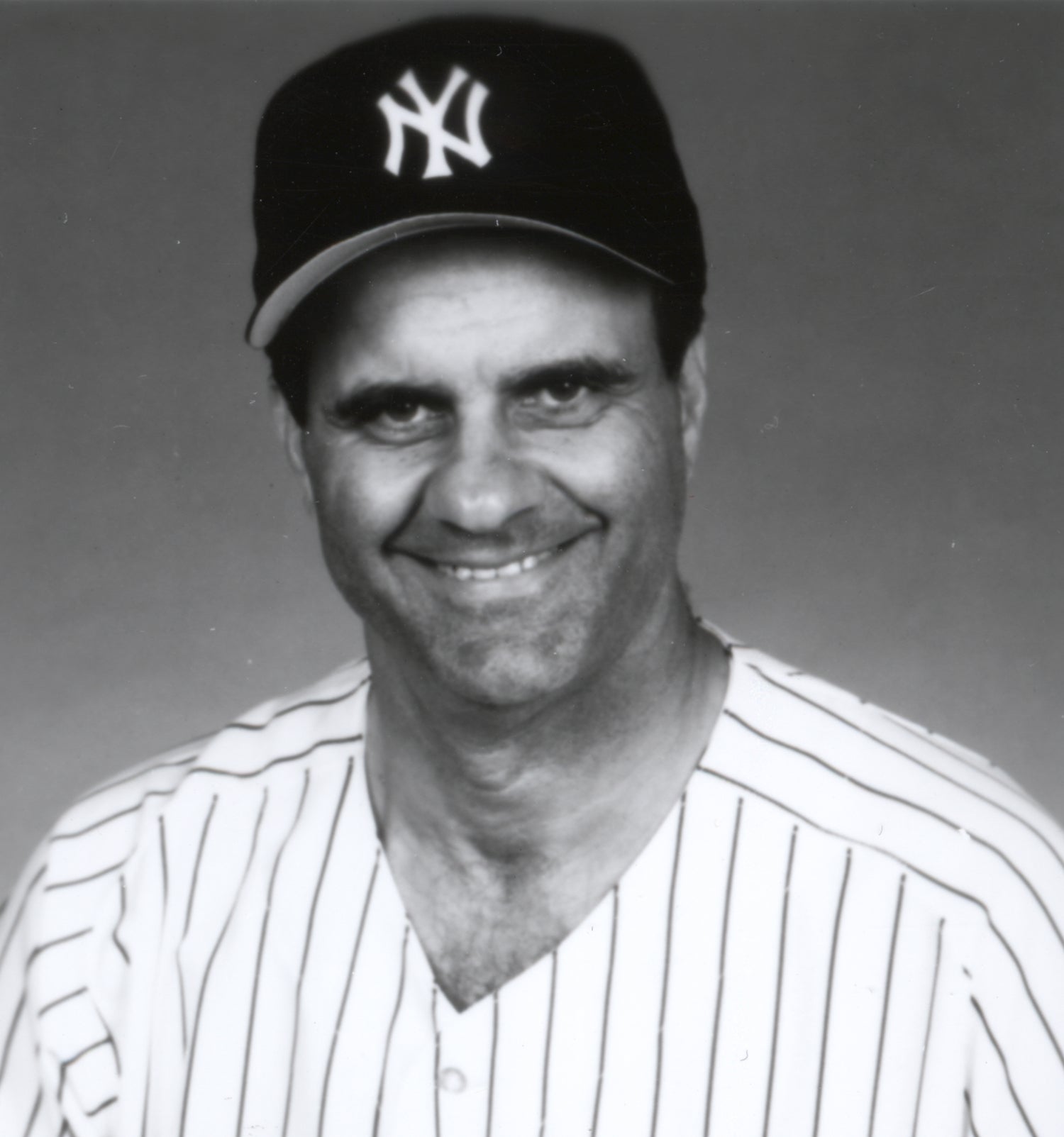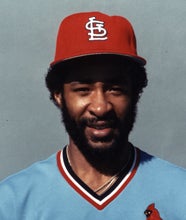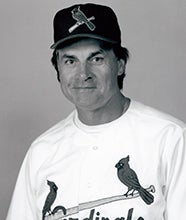- Home
- Our Stories
- #CardCorner: 1976 Topps Mike Jorgensen
#CardCorner: 1976 Topps Mike Jorgensen
When discussing the worst beanings in MLB history, inevitably Mike Jorgensen’s name surfaces. Because for a few days in 1979, it seemed Jorgensen might become baseball’s second on-field casualty.
Jorgensen recovered to play six more seasons and wound up managing the Cardinals between the stints of two Hall of Famers. But prior to the near-tragedy, Jorgensen had already carved out a significant piece of baseball history for himself as a first baseman.
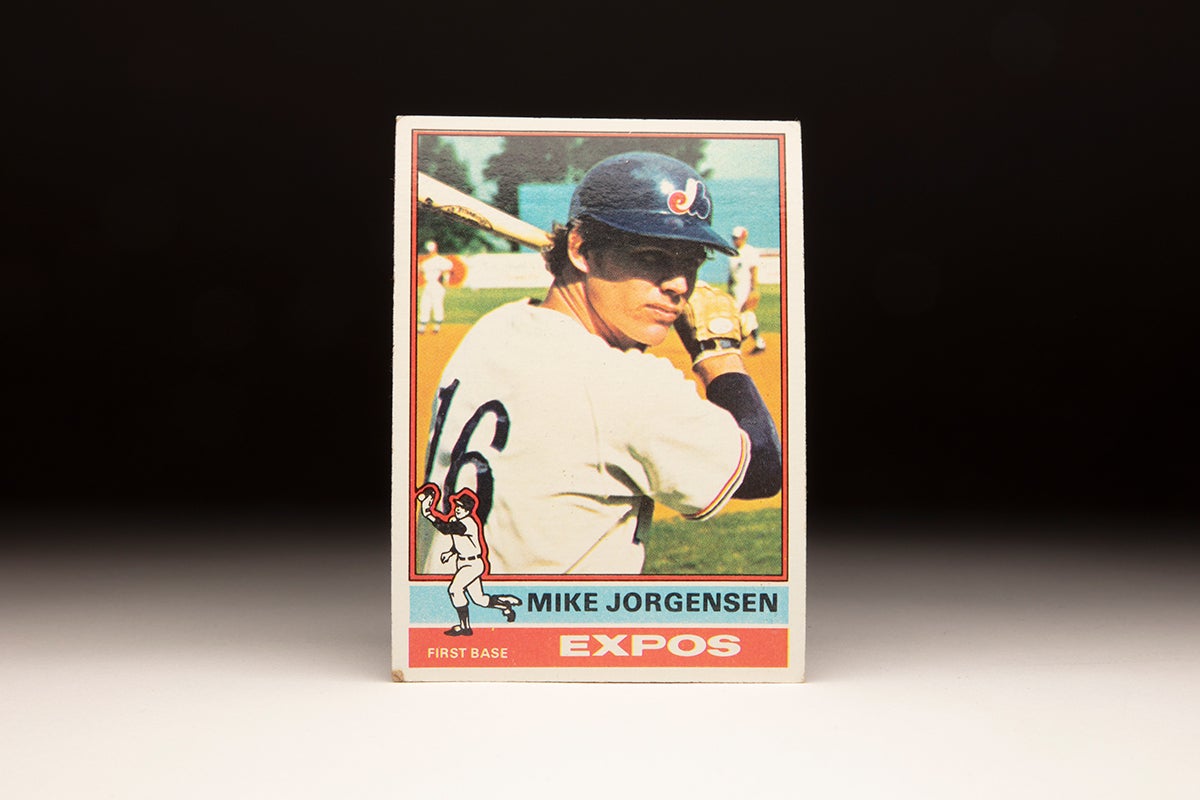
Born Aug. 16, 1948 – the day Babe Ruth passed away – in Passaic, N.J., Jorgensen attended Francis Lewis High School in Fresh Meadows, N.Y., three miles away from Shea Stadium. He starred in baseball (batting .430) and basketball in high school, and the Mets tabbed their hometown prospect with the first pick in the fourth round of the June 1966 MLB Draft and signed him for a bonus worth a reported $20,000 to keep him from exploring college basketball possibilities.
Three rounds earlier, the Mets famously made Steve Chilcott – who never made it to the majors – the No. 1 overall pick. Jorgensen, however, would make his big league debut a little more than 27 months after being drafted.
In the summer of 1966, the Mets sent Jorgensen to Marion, Va., of the Appalachian League, where he batted .313 with a .414 on-base percentage in 46 games. He played the 1967 season for Class A Winter Haven of the Florida State League, hitting .295 in 84 games – missing time while serving in the Marine Reserves – while flashing the fielding skills at first base that would one day result in a Gold Glove Award. He was named to league all-star teams in both his first two seasons of pro ball.
The Mets promoted Jorgensen all the way to Double-A Memphis to start the 1968 season, but he struggled against the older competition and was hitting .160 in 28 games when the Mets sent him down to Class A Raleigh-Durham. Jorgensen rediscovered his batting stroke in the Carolina League, hitting .315 in 57 games. He also became known for his muscle-building routines – a rarity in baseball at that time – and his ability to walk on his hands, which he would often practice from the infield to the outfield fence.
“I started walking on my hands as a kid,” Jorgensen told the Memphis Press-Scimitar in 1968. “Just fooling around.”
The Mets brought Jorgensen to the big leagues that September, and he debuted against the Cubs as a pinch-hitter on Sept. 10. He collected two hits in 14 at-bats (a .143 batting average) down the stretch – by which time he was considered the top position player prospect in the Mets’ system.
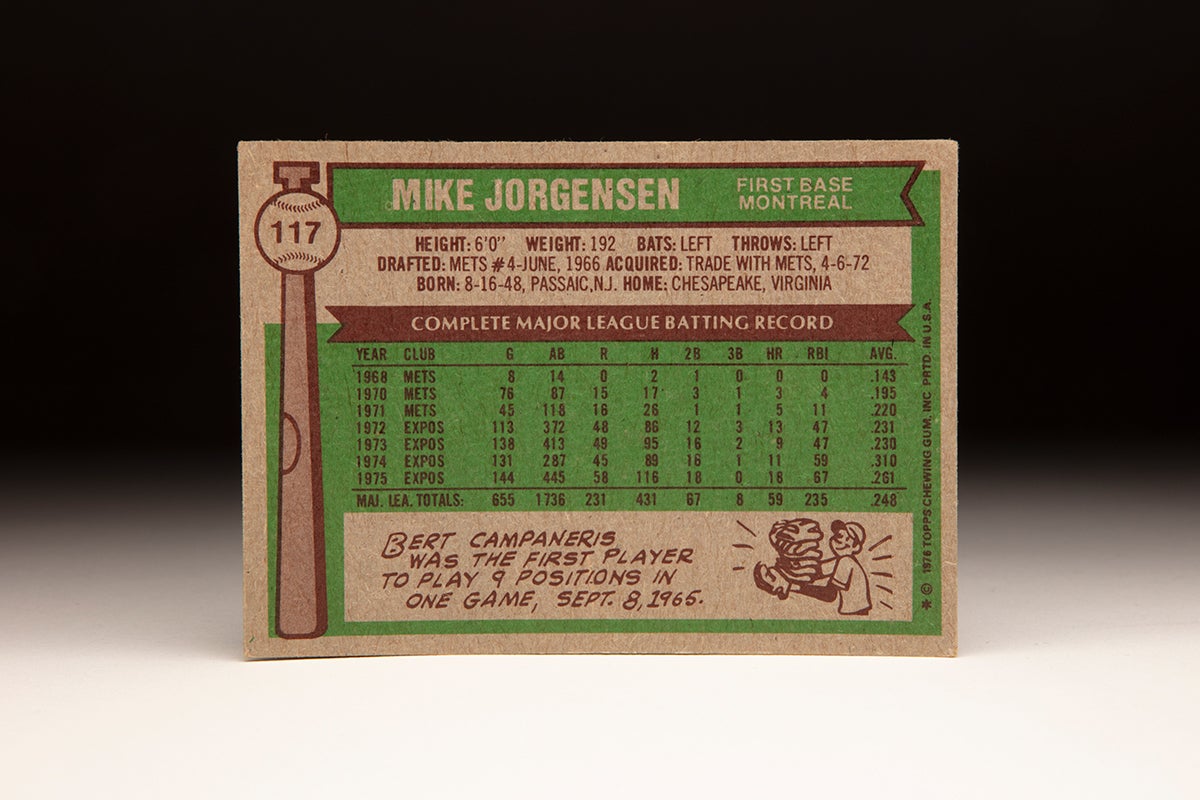
After playing for the Mets’ team in the Florida Instructional League following the season, Jorgensen was assigned to Triple-A Tidewater in 1969. He batted .290 with 21 home runs (topping his previous season-high of eight set in 1966) and 69 RBI in 105 games and was called up to the Mets in September. But with New York engaged in a race for the National League East flag, manager Gil Hodges did not deploy Jorgensen – still only 21 years old – in any games.
In Spring Training of 1970, the World Series champion Mets – looking for an injection of youth in their outfield – changed Jorgensen’s position.
“When my hitting started to tail off I started to get a bit worried,” Jorgensen told the Herald-News of Passaic, N.J., about his quest to make the Mets’ Opening Day roster. “But then I was switched to the outfield and everything started to go the other way. I surprised myself by the way I played the outfield. And as my confidence grew my hitting started to come around.
“This is the big time and I hope I can stay up here forever.”
Jorgensen made the Opening Day roster and spent the entire season with New York, appearing in 76 games – mostly as a pinch-hitter or defensive replacement at first base. He also played 10 games in center field. But he batted just .195 over 98 plate appearances.
In 1971, the Mets sent Jorgensen back to Triple-A to start the season. Once again, he tattooed minor league pitching, batting .342 with a .445 on-base percentage, 15 homers and 41 RBI in 65 games. He spent two stints with New York, batting .220 in 45 games and getting an extended look in center field in September.
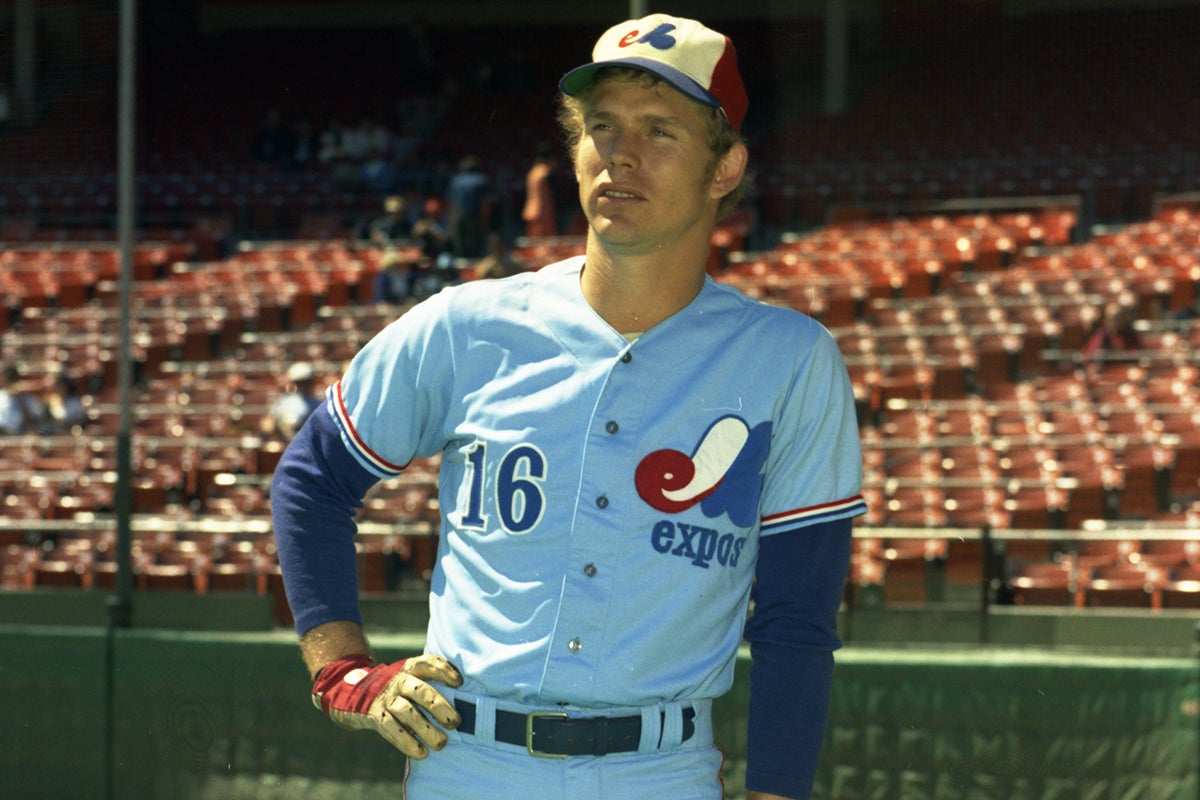
But just days before the start of the 1972 season, the Mets sent Jorgensen, Tim Foli and Ken Singleton – three of their most prized prospects – to Montreal in exchange for Rusty Staub. Suddenly, Jorgensen was his team’s Opening Day first baseman.
“I think we might’ve got the best of the trade,” Expos center fielder Boots Day told the Montreal Gazette. “All three are adequate ballplayers. If I had to pick one as the best I’d pick Jorgensen – he’s a real good ballplayer.”
Day proved to be a prophet on Opening Day when Jorgensen hit a two-run homer in the first inning off the Cardinals’ Bob Gibson and then hit an eighth-inning sacrifice fly off lefty Don Shaw, giving the Expos all the runs they would need in a 3-2 win over St. Louis.
“I felt really good when (Expos manager Gene Mauch) left me in against (Shaw),” Jorgensen, a lefty batter and thrower, told the Gazette following the game. “That’s the most confidence any manager has given me. I know that wouldn’t have happened in New York.”
Jorgensen batted in the No. 3 hole on Opening Day and hit in the second or third spot for much of the season, batting .231 with 13 homers and 47 RBI in 113 games. He started at first base on Opening Day again in 1973 – and unlike the previous season, where he played 28 games in the outfield, Jorgensen spent the vast majority of his time there. He hit .230 with nine homers and 47 RBI but was stellar in the field, leading all NL first basemen with a .995 fielding percentage while ranking third in assists (80).
Jorgensen was awarded a Gold Glove Award following the season, becoming the only non-Dodger (Wes Parker from 1967-72 and Steve Garvey from 1974-77) to win the award for more than a decade. But the hardware did nothing to guarantee Jorgensen a job in 1974 when Mauch began the season with a Ron Fairly/Hal Breeden platoon at first base.
Jorgensen was relegated to bench duty – a move that brought his bat to life. In 131 games that season, Jorgensen hit .310 with 11 homers, 59 RBI and 70 walks, producing a .444 on-base percentage that would rank first all-time among Expos players if Jorgensen had had enough at-bats to qualify.
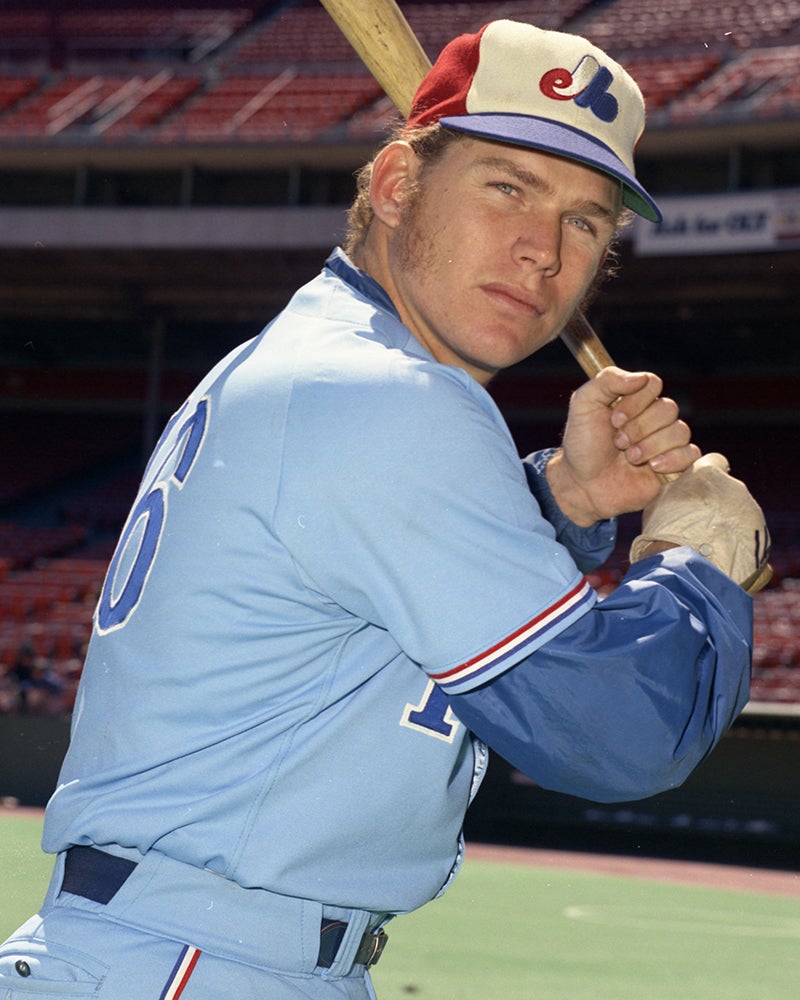
On the next-to-last day of the season, Jorgensen dealt a crucial blow to the Cardinals’ playoff chances. St. Louis and Pittsburgh entered that day with identical 86-74 records. Both teams played that night, with Pittsburgh hosting Chicago and the Cardinals at Montreal. With Bob Gibson on the mound and St. Louis holding a 2-1 lead in the bottom of the eighth, Willie Davis singled to center with two outs and then stole second base.
Up stepped Jorgensen, who lined a ball over the right field fence to give Montreal a 3-2 lead. Dale Murray set the Cardinals down in order in the ninth, and Pittsburgh defeated the Cubs 6-5 to take a one-game lead in the NL East.
When Pittsburgh defeated the Cubs the following day, the Cardinals’ season ended.
“(Jorgensen) fouled off about seven pitches low and away and I missed one and he hit a low line drive over the fence,” Gibson told the Atlanta Journal in 1983 after the Braves – who employed Gibson as their pitching coach – acquired Jorgensen from the Mets. “Yeah, I remember it.”
At that point, Jorgensen ranked among the most popular players on the Expos’ roster.
“When I think of Jorgy, I think of him getting ready to have an outstanding career,” Mauch told the Associated Press in 1974. “I don’t think of him as a part-time player. There is too much ability there.
“When we played him regularly before, he wasn’t ready to be a full-time player.”
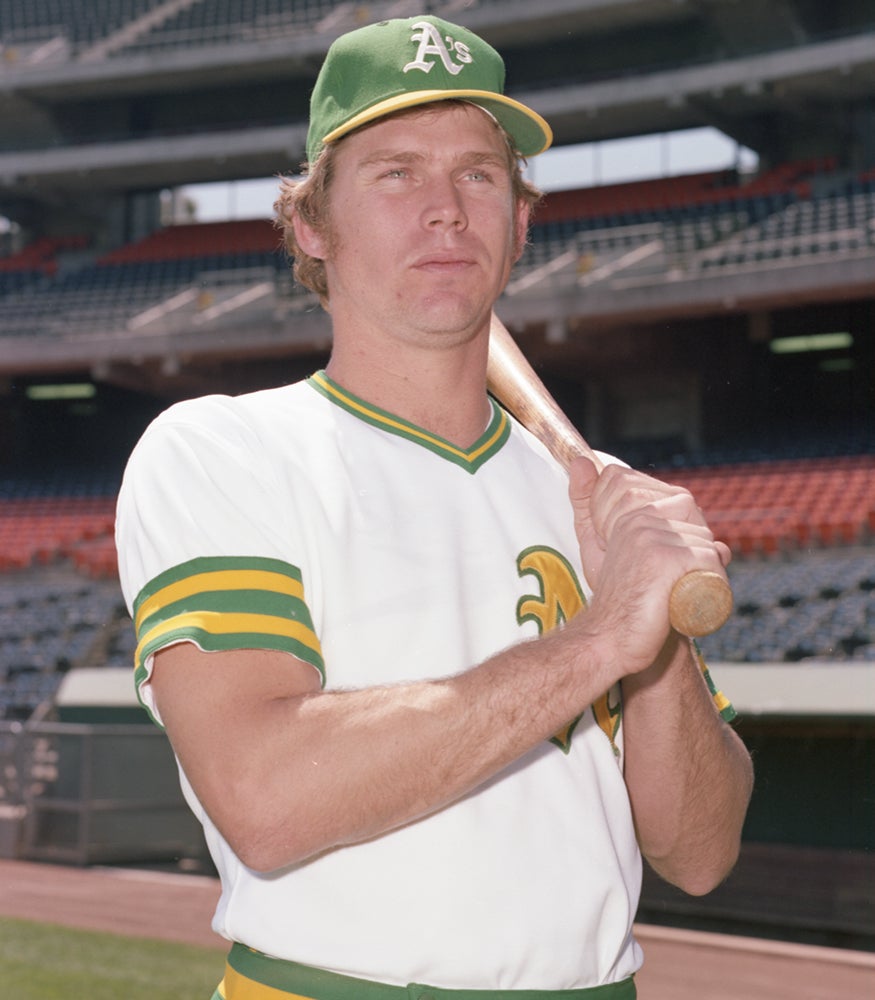
Jorgensen regained the starting first base job in 1975 and had what was likely his best all-around season, batting .261 with 18 home runs, 67 RBI and 79 walks in 144 games. But Montreal finished 75-87 following two straight years with 79 victories, costing Mauch his job.
With Karl Kuehl as manager, the Expos went 55-107 in 1976 as Jorgensen batted .254 with six homers and 23 RBI in 125 games, posing a Wins Above Replacement figure of 0.0. The Expos fired Kuehl before the season ended, bringing in Dick Williams to manage the team for 1977 and also acquiring future Hall of Fame first baseman Tony Pérez from the Reds.
On May 22, the Expos sent Jorgensen to the Athletics in a one-for-one deal for pitcher Stan Bahnsen. Oakland used Jorgensen as a first baseman and outfielder until he broke his wrist in July, an injury that sidelined him until the end of August. He finished the season batting .242 in a combined 85 games with Montreal and Oakland before becoming a free agent at the end of the season.
After being selected by five teams in the free agent re-entry draft, Jorgensen signed with the Rangers.
“I got a call one day in January. It was (Rangers owner) Brad Corbett,” Jorgensen told the Fort Worth Star-Telegram. “He’d gotten snowed in and his flight couldn’t take off. We got together and talked a while. It didn’t take me long to decide to sign with Texas.
“I had an opportunity to play for a couple of other clubs. But I’d been playing for five years for clubs that hadn’t gone anywhere. As bad as it was with Oakland last year, 1976 was worse.”
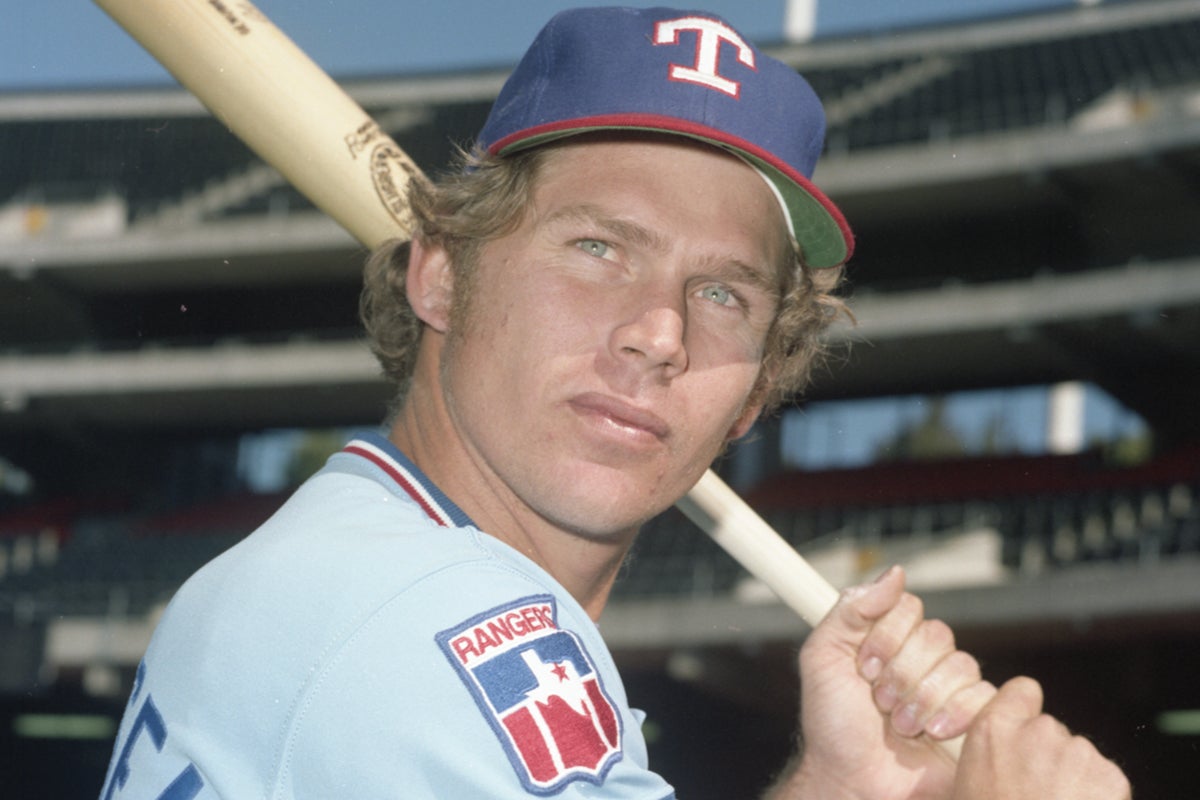
Jorgensen entered the season as a backup to Mike Hargrove at first base. As a result, he was used at first base, designated hitter and all three outfield positions – batting .196 over just 118 plate appearances in 96 games. In 1979, he appeared in fewer games (90) but came to the plate more often (177 times) after Hargrove was traded to the Padres following the 1978 season.
But it was in 1979 that Jorgensen grabbed national headlines after an errant pitch from Boston’s Andy Hassler struck him in the head in the eighth inning of a game at Arlington Stadium.
“I never saw the pitch,” Jorgenson told the Fort Worth Star-Telegram. “But I heard it.
“I’m OK. My head aches a little bit but I’m OK.”
But Jorgensen was not OK. He checked into Arlington (Texas) Memorial Hospital after the beaning but was released when X-rays did not reveal a fracture. He even returned to the field on May 31 as a pinch-hitter against the Red Sox. But soon after, Jorgensen had a seizure and was admitted to the intensive care unit. Jorgensen was suffering from a blood clot and was hospitalized for two days, evoking memories of Ray Chapman, who died one day after getting hit by a pitch from Carl Mays in 1920.
“I didn’t hit Mike intentionally,” Hassler told Newsday, “so I don’t have to lose any sleep over what happened. It was just one of those things. I can’t help what people remember about me.”
Jorgensen returned to the lineup and played the rest of the season, sharing time at first base with Pat Putman and Willie Montañez (who was acquired from the Mets in August) while batting .223 with six homers and 16 RBI. It was an accomplishment just to be back on the field.
“I tried to mentally block everything out,” Jorgensen told the St. Louis Post-Dispatch in 1985 about how he managed to return after the beaning. “I kept thinking: ‘It’s the pitcher’s job to throw strikes and get me out and not to kill me.’ And I truly believed that.”
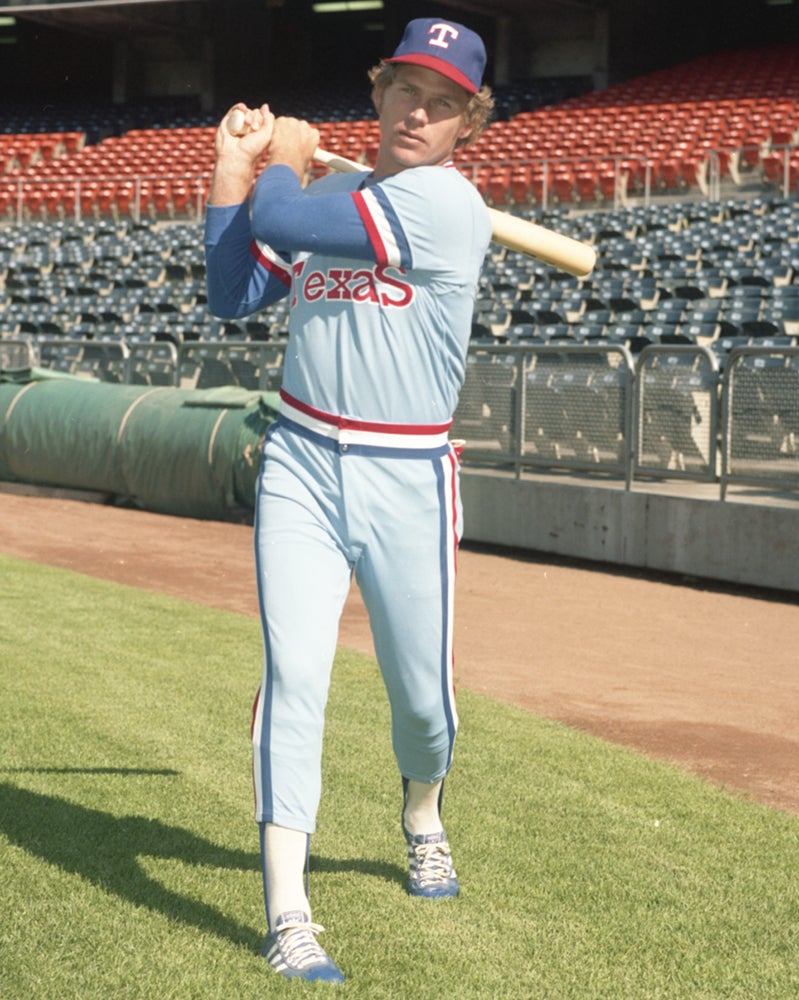
Jorgensen’s return convinced the Mets he was still a viable big leaguer. On Oct. 23, Jorgensen was sent back to New York as a player-to-be-named later from the Montañez deal.
“If I knew I was going to play I’d feel a lot better about (the trade),” Jorgensen told the New York Daily News. “My home is in Texas now and I like it here. My wife teaches here and my kids love it here. So I won’t be moving back to New York. But I know my folks are thrilled that I’ll be playing in New York again.”
Mets manager Joe Torre was also happy that Jorgensen was back in New York.
“A lefty bat like his is always welcome,” Torre told the Daily News. “As to where he plays…it will all depend on what moves we make over the winter.”
But the Mets had moved All-Star center fielder Lee Mazzilli to first base near the end of the 1979 season, and Mazzilli spent much of the 1980 campaign at first as Jorgensen once again assumed a utility role. The national spotlight, however, once again found Jorgensen due to a brushback pitch.
In the second game of a July 4 doubleheader at Shea Stadium, Jorgensen was nearly hit in the head by a pitch from Montreal’s Bill Gullickson. Jorgensen fell to the ground to avoid the pitch, then got up, pointed his bat at Gullickson and began to charge the mound. He was restrained by Expos catcher John Tamargo, but Mets catcher John Stearns, a former college football player, came out of the dugout to put Gullickson in a headlock. Stearnes was tossed from the game and Jorgensen later singled in his at-bat against Gullickson.
“I was yelling at (Gullickson) to throw over the plate,” Jorgensen told the AP. “I wasn’t going to fight, and I told him that later. It was the first time I’ve ever done anything like that, and I don’t feel very proud of it.”
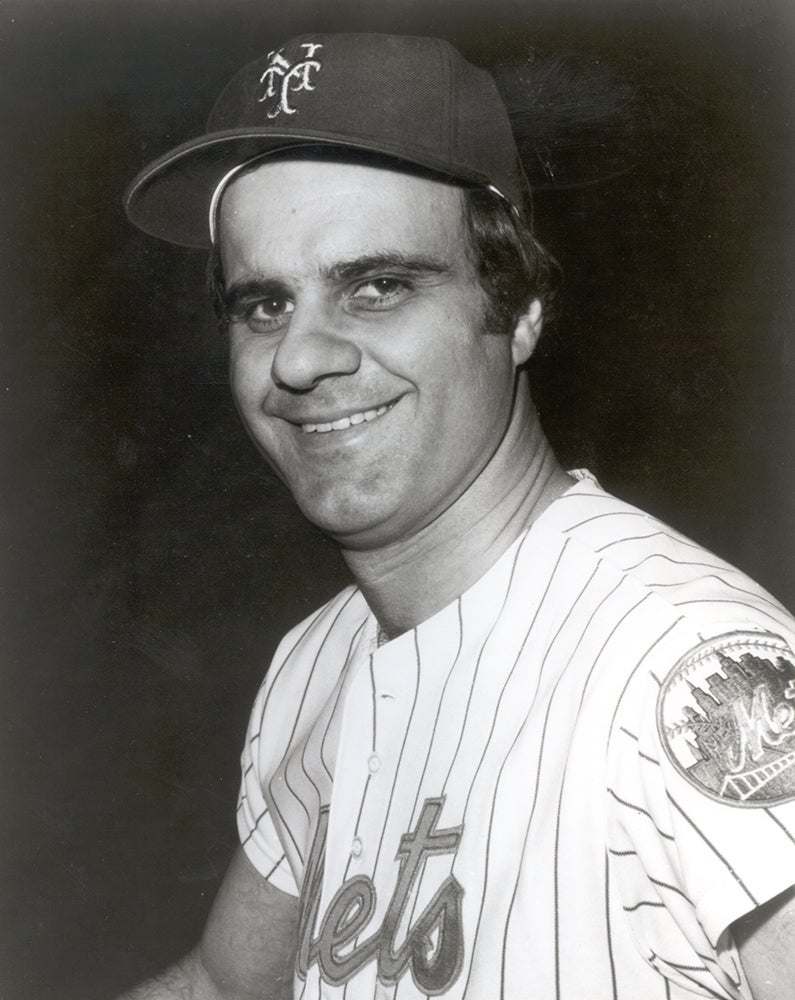
Jorgensen finished the season batting .255 with seven homers and 43 RBI in 119 games. He fulfilled the same role with the Mets in 1981, batting .205 over 86 games.
In 1982, the Mets endured their fifth 90-plus loss season in the last six years – with the exception being the strike-shortened 1981 season where New York posted a .398 winning percentage that was nearly identical to the other campaigns. Jorgensen, however, was once again valued for his bat off the bench – he hit .313 as a pinch-hitter in 1982 – and defensive play at first base.
Jorgensen batted .254 over 120 games in ’82 but came to the plate only 136 times. Following the season, the Mets acquired outfielder Danny Heep in a Dec. 10 trade that sent pitcher Mike Scott to the Astros. Soon after the deal, rumors surfaced that the Mets were shopping Jorgensen.
He began the 1983 season on the Mets’ bench but appeared in only 38 games before his contract was purchased by the Braves at the trade deadline on June 15.
“Any time you’re in a part-time role, you want to play on a team with a chance to win,” Jorgensen told the Atlanta Journal after joining the Braves, who had won the NL West in 1982 and were battling with the Dodgers for the division lead in 1983. “Nobody likes to get traded because it’s a personal-type thing, but subconsciously, I guess this is what I wanted.”
Jorgensen appeared in 57 games for the Braves that year, hitting .250 – the same average he produced in his 38 games with the Mets. Atlanta won 88 games – the most of any team Jorgensen had played for – but finished three games behind the Dodgers in the division.
Jorgensen played in 31 games for Atlanta in 1984 before being traded to the Cardinals – exactly one year after he joined the Braves – with Ken Dayley in exchange for Ken Oberkfell.
“I didn’t think this would happen, but I should be used to it by now,” Jorgensen told the St. Louis Post-Dispatch. “If I have to go somewhere, at least I’m going to a good team.”
Jorgensen hit .250 in a combined 90 games with the Braves and Cardinals in 1984 as St. Louis finished third in the NL East. But after 16 big league seasons, Jorgensen was finally with a team that would advance to the postseason.
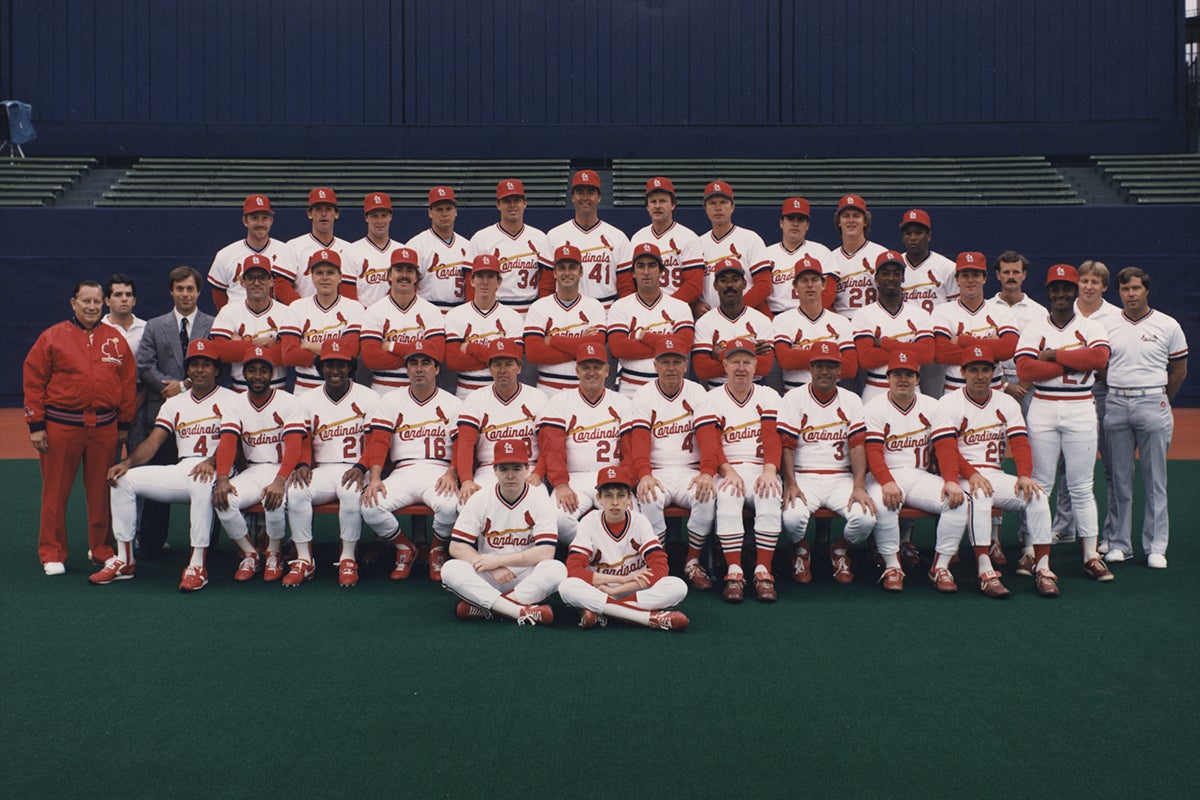
In 1985, Jorgensen stepped into his usual role as pinch-hitter and defensive replacement on a Cardinals team that used the speed of Vince Coleman, Willie McGee and Ozzie Smith to win 101 games and the NL East title. The Cardinals’ roster also included Andy Hassler, the pitcher who had nearly ended Jorgensen’s career in 1979.
Jorgensen hit .196 over 72 games but provided several key at-bats, including a pinch-hit walk that brought home the winning run in a 2-1 win over Houston on Aug. 22 and a walk-off RBI single against the Reds on Sept. 4 that helped St. Louis rally from a 3-2 deficit to a 4-3 victory. Jorgensen also started a number of games down the stretch in September when slugging first baseman Jack Clark was out with a pulled muscle in his left side.
After entering play on Aug. 10 with a batting average of .129, Jorgensen hit .366 over his next 17 games. The Cardinals went 13-4 in that stretch as Jorgensen enjoyed his first taste of team success.
“I almost felt like a cheerleader,” Jorgensen told the Post-Dispatch of his limited playing time in the season’s first half when he stayed involved by volunteering to pitch batting practice. “But if you’re a cheerleader, at least you can be a frontrunner.”
Jorgensen got into his first postseason contest in Game 2 of the NLCS vs. the Dodgers when he flew out to right field against Orel Hershiser while pinch-hitting for Jeff Lahti in the ninth inning. He struck out as a pinch-hitter in Game 4 and did not appear again as the Cardinals won the series in six games.
Then in the World Series against the Royals, Jorgensen grounded out as a pinch-hitter against Bret Saberhagen in a 6-1 St. Louis loss in Game 3. But the Cardinals led the series 3-games-to-2 entering Game 6 and appeared ready to give Jorgensen a World Series ring before a legendary Kansas City ninth-inning rally that featured Don Denkinger’s infamous call at first base.
In Game 7 the following night, the Royals scored six runs in the fifth inning to turn a 5-0 lead into an 11-0 blowout. During the frame, Jorgensen was inserted into the game in left field. He grounded out in two subsequent at-bats against Saberhagen as Kansas City won the championship.
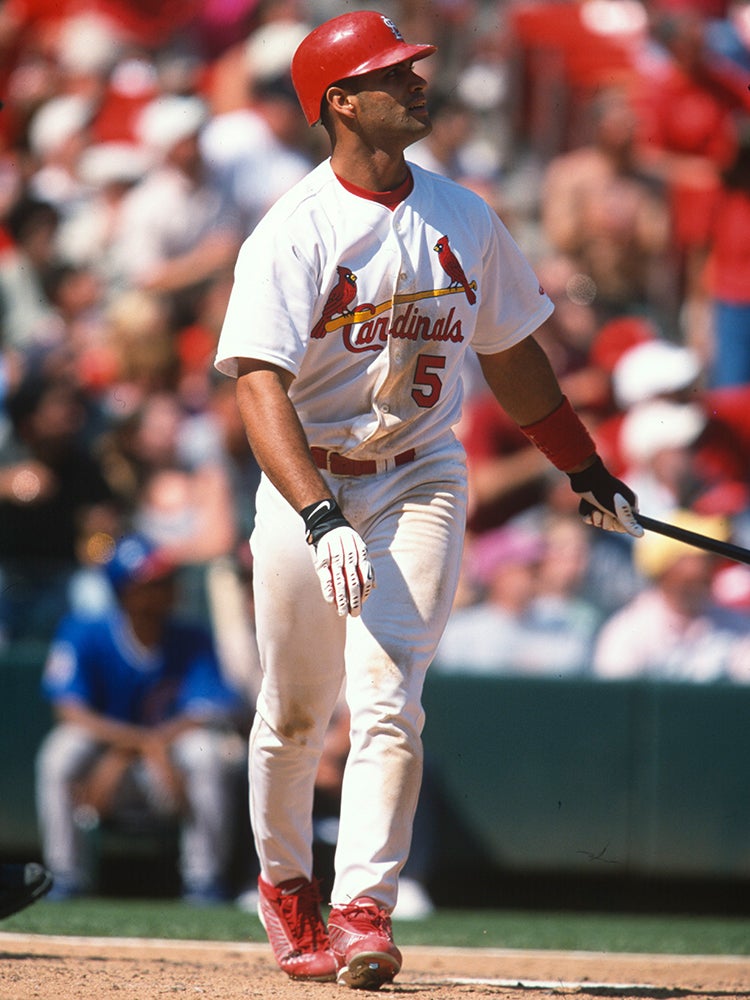
A free agent following the season, Jorgensen found no suitable offers and opted to retire. But he returned to the Cardinals in 1990 as a minor league hitting instructor, and by 1992 was the team’s director of player development.
In 1995, the Cardinals dismissed manager Joe Torre on June 16 and named Jorgensen as his replacement. He led the team to a 42-54 record before Tony La Russa took over in 1996, giving Jorgensen the distinction of managing between two future Hall of Famers.
Jorgensen returned to the front office and helped nurture a generation of players that would lead St. Louis to World Series titles in 2006 and 2011, including Albert Pujols, who shocked executives around the National League by winning the Cardinals first base job in 2001 after just one season in the low minors.
“They keep saying they’re sending him back and they can’t do it,” Jorgensen told the Memphis Commercial Appeal near the end of Spring Training in 2001. “The longer they keep him, the better he plays.”
Over 17 big league seasons, Jorgensen batted .243 with 833 hits in 1,633 games. Though rarely a regular, Jorgensen never had to look for work thanks to his ability to do whatever job presented itself.
Not even a frightening injury could stop him.
“You have to do your job,” Jorgensen told the Herald-News in 1970. “If you’re put in as a defensive replacement, you have to play defense. If you’re put in as a pinch-hitter, you have to come through with a hit every so often.”
Craig Muder is the director of communications for the National Baseball Hall of Fame and Museum
